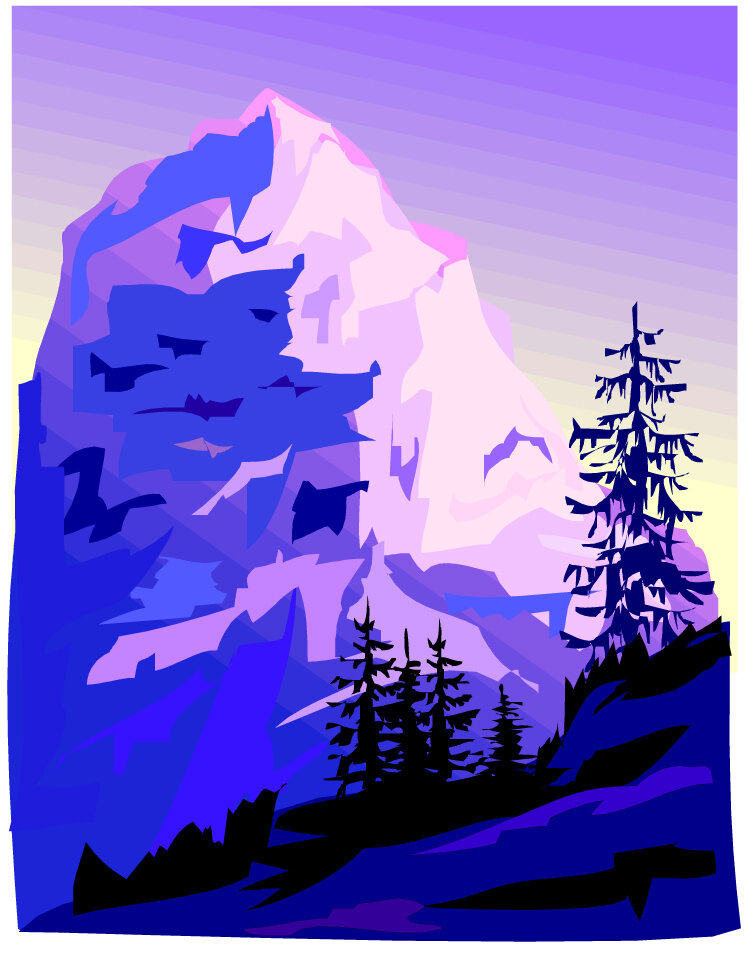D&D Monster of the Week- Spirit of the Land

Spirits of the land have their origins in Dark Sun. They were elemental creatures that protected the landscape. Ironically since there were four types based on the Greek elements, none actually defended the living things in their territories. Instead they protected their elemental aspects (e.g. mountains for earth, forest fires for fire, the last sea for water and the sky for air). So defiling, as terrible as it was, didn't actually get the spirits' attention. Fire and water spirits also had difficulty surviving on Athas for obvious reasons*. What made the spirits so powerful is their inability to be slain easily. To kill a spirit of the land, one had to destroy the land itself (and obviously air spirits were effectively immortal). In 3e a lot of that changed.
They were updated in the Monster Manual II and were made fey instead of elementals. They became representations of places rather than the elements that made up the landscape. In place of having access to the elemental spheres (or even domains), they were given an impressive spell list that could be used at will. Many of these powers allowed the spirits to manipulate their surroundings, something very different from the Dark Sun version. They were still indestructable as long as the land was intact. Though there isn't any direct mention of living things, beyond druids, the 3e version could be read as spirits of forests, coral reefs and other collections of biomass (as long as they have a long lasting boundry). They are still guardians of the landscape and are reactive. Which is okay, but that makes their use more difficult. How do people mine, log or build dams and cities without setting off the local spirit? So I came up with an alternative version.
Spirits of the land do not actually exist until they are called for. Druids created them back in the day to prevent the wholesale destruction of the wilderness. These wild spirits are much like the nature elementals from 2e (in the Second Annual Monstrous Compendium) and restore the land by altering it (i.e. destroying cities and anything else deemed unnatural). But they can do more than that with their spell list- they can reshape the land. This is a side effect of their creation, one that druids learned how to use effectively over the centuries. The spirits are still restricted to a location, but people can ask them (or compel them) to make significant changes to the natural world. This can be as small as adding streams and ponds to as impressive as enlarging mountains, quieting volcanos, creating forests and sinking land to make seas. Give them additional spells and they can do all kinds of things. Add Genesis from the vivimancer and the spirits could make new species. Add a variant of Death Spell and the spirit can cause extinction of specific species. Major Creation results in changes to the land that do not last (some times it is a good thing to have a hill evaporate at the right time). Heal, Cure Disease and similar spells allow the spirit to keep their charges healthy and safe. Distant Horizon's The Practical Enchanter has a section on massive magic items (castles, cities, etc.) and many of those ideas could be adapted for use by a spirit of the land.
In either form, spirits of the land have potential for encounters that will blow the minds of the PCs. It isn't every day that one talks to a mountain or the sky.
* When rereading the entry, I got to wonder how they interacted with the Dragon. They were presumably around during the Green Age and one could make the Dragon's life difficult. He would have to deal with hundreds or thousands as he turned the forests into wastelands and water into silt.



